If you are like me have a tall chimney that overdrafts because of its height you may have already plugged or want to plug your boost air hole(s) with a bolt or something else, in my case because of the welding at top and bottom of 1/2 inch boost air hole a bolt was not really air tight so my final solution was to remove the bolt and replace it with a 6 inch length of door seal which works beautifully.
I wrapped a few turns of the 12 inch length of wire around one end of the 5/8'' door gasket to pull the gasket through the 1/2 inch hole, the gasket is very flexible so it narrowed down going through the hole and once in it expands and fully closes the hole, I have a bout 2 inches hanging under the stove air boost air diffuser and about 2 inches hanging in the ash dump tray. It is really air tight and real easy to pull back out if and when ever needed.
Hoping this may help someone else with the same problem.
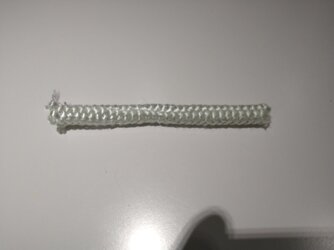
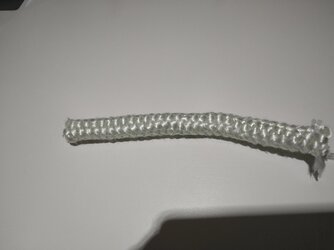
I wrapped a few turns of the 12 inch length of wire around one end of the 5/8'' door gasket to pull the gasket through the 1/2 inch hole, the gasket is very flexible so it narrowed down going through the hole and once in it expands and fully closes the hole, I have a bout 2 inches hanging under the stove air boost air diffuser and about 2 inches hanging in the ash dump tray. It is really air tight and real easy to pull back out if and when ever needed.
Hoping this may help someone else with the same problem.


Last edited:


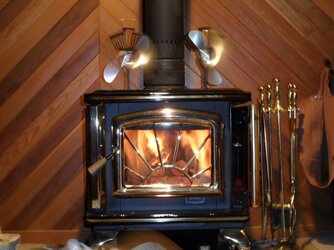
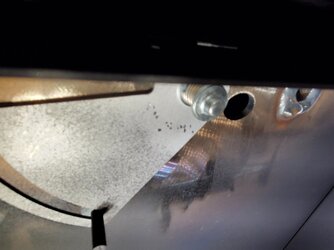
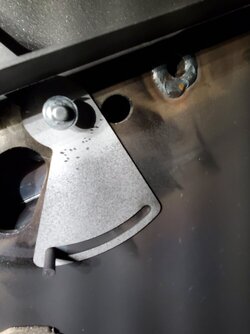
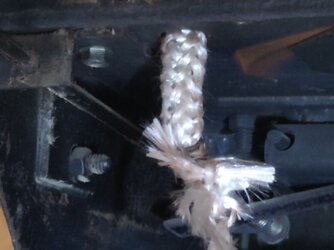
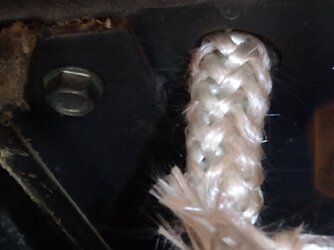
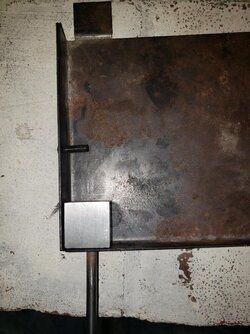
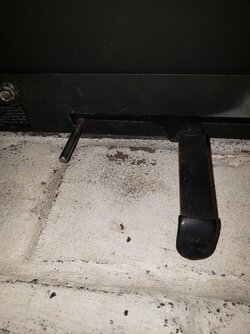
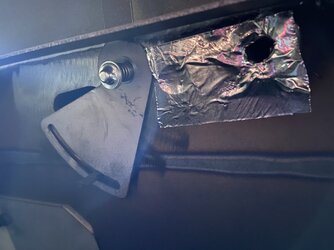
 Okay, I've got it then. Just want to be on the same page as you.
Okay, I've got it then. Just want to be on the same page as you.